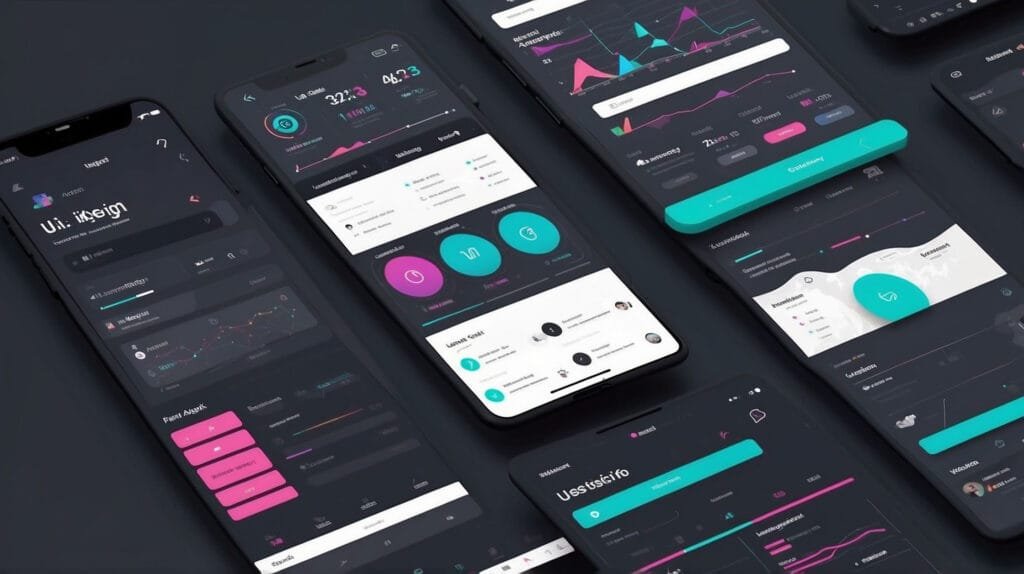Here’s the corrected and SEO-optimized version of your blog:
Common Mistakes in UI/UX Design and How to Avoid Them: A Comprehensive Guide for UI/UX Designers
UI/UX designers play a crucial role in crafting the digital experiences we interact with daily. Yet, even seasoned designers can make mistakes that hamper the usability and appeal of a product. This blog delves into the most common mistakes in UI/UX design best practices and provides actionable tips on how to avoid them. Let’s ensure that your next project not only looks great but also functions seamlessly.
Introduction
User Interface (UI) and User Experience (UX) design are integral to the success of any digital product. While UI focuses on the aesthetic aspects, UX emphasizes the overall experience of the user. Despite their importance, there are several common UI/UX mistakes that even experienced designers can fall into. This blog will explore these mistakes and offer practical advice on how to sidestep them to ensure your design is both beautiful and functional.
1: Overcomplicating the Design
One of the most prevalent mistakes UI/UX designers make is overcomplicating the design. A complex design can overwhelm users and make navigation difficult.
How to Avoid It:
- Keep it Simple: Focus on clean, straightforward designs that facilitate user interaction.
- Use White Space: Utilize white space effectively to create a more balanced and readable layout.
- Prioritize Content: Ensure that essential information is easily accessible and not buried under layers of design elements.
2: Ignoring User Feedback
UI/UX designers often overlook user feedback, leading to designs that do not resonate with the target audience.
How to Avoid It:
- Conduct User Testing: Regularly test your designs with real users to gather valuable insights.
- Iterate Based on Feedback: Use the feedback to make informed design changes and improvements.
- Stay Open to Criticism: Embrace constructive criticism as a tool for growth and better design.
3: Neglecting Mobile-First Design
In today’s mobile-first world, neglecting mobile users can be a costly mistake for UI/UX designers.
How to Avoid It:
- Responsive Design: Ensure that your designs are responsive and function well on various devices and screen sizes.
- Optimize for Touch: Design interfaces that are easy to navigate using touch gestures.
- Prioritize Speed: Optimize load times and performance for mobile users to enhance their experience.
4: Poor Navigation
A confusing navigation structure can frustrate users and cause them to abandon your product.
How to Avoid It:
- Clear Menu Labels: Use straightforward and descriptive labels for navigation menus.
- Consistent Navigation: Maintain consistency in navigation elements throughout the product.
- Breadcrumbs: Utilize breadcrumbs to help users understand their location within the product.
5: Aesthetic-Only Focus
Focusing solely on aesthetics while neglecting functionality is a common trap for UI/UX designers.
How to Avoid It:
- Balance Aesthetics and Functionality: Ensure that your design is not only visually appealing but also user-friendly.
- User-Centric Design: Keep the user’s needs and preferences at the forefront of your design decisions.
- Test Usability: Conduct usability tests to identify and address any functional issues.
Conclusion
UI/UX designers have the power to shape user experiences and influence how users interact with digital products. By being aware of and avoiding common mistakes, you can create designs that are not only beautiful but also highly functional and user-friendly. Remember, the ultimate goal is to enhance the user’s experience and make their interaction with your product as seamless and enjoyable as possible.



